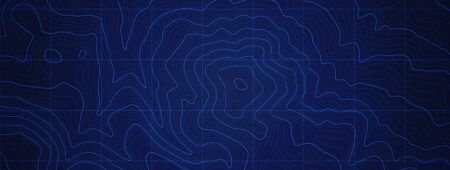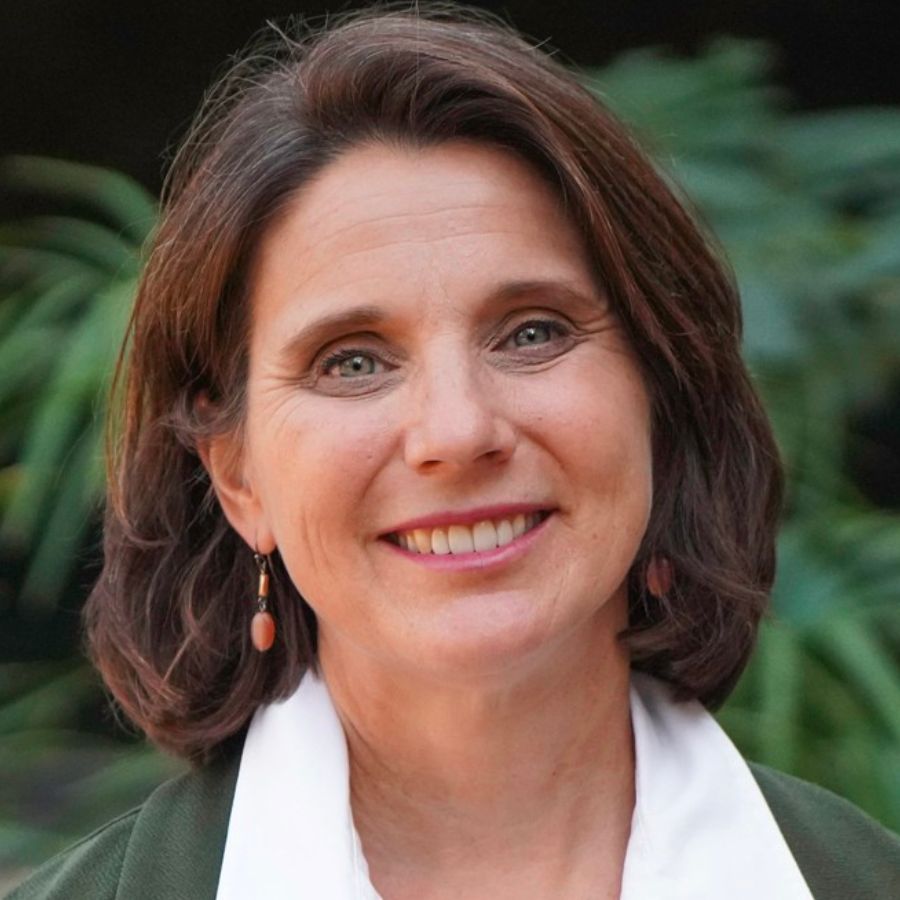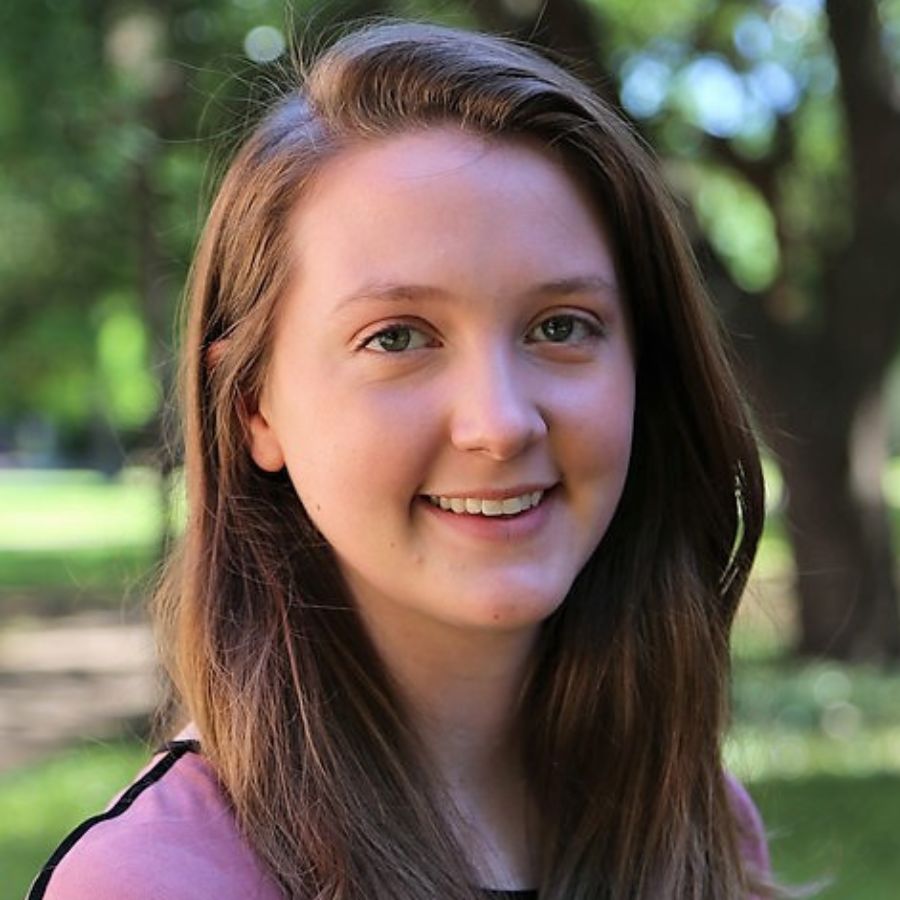
From Military Service to Underwater Acoustic Research: Lessons Learned From a Career in National Security
At the June 2024 Innovation Hour, Marcia Isakson, Hertz Fellow and Director of the Signal and Information Sciences Laboratory at Applied Research Laboratories, The University of Texas at Austin (ARL:UT), will share insights from her career of over 30 years applying science and technology to improve the field of underwater acoustics and enhance our country's national security.
Marcia started her career at the United States Military Academy at West Point and served in the United States Army as a battalion operations officer before moving into research and teaching in underwater acoustics. She has been employed at ARL:UT since 2001 and has served as the principal investigator on over 20 sponsored projects working with the Office of Naval Research, the Naval Oceanographic Office, and ExxonMobil focusing on ocean acoustics and autonomous underwater vehicle sonars.
This talk, moderated by Sarah Hooper, Hertz Fellow and Research Scientist at National Institute of Health, will explore Marcia's career path in support of national security and provide insight into the field of underwater acoustics and its application for observing the changing ocean. Since electromagnetic radiation is highly attenuated in sea water, acoustics is the primary modality for remote sensing and communication in the ocean. In addition to military applications, underwater acoustics can be used to monitor the temperature of the ocean, determine seafloor geodesy, localize autonomous vehicles and measure the ocean's ambient noise.
This Hertz Foundation Innovation Hour will take place live on Thursday, June 27, 2024, from 2:00–3:00 p.m. Eastern / 11:00–12:00 p.m. Pacific, using the Zoom video conference platform.
Registration
Registration for this event is closed.
About the Speaker

Marcia Isakson is a 1992 Hertz Fellow and the Director of the Signal and Information Sciences Laboratory at Applied Research Laboratories, The University of Texas at Austin (ARL:UT) with a broad research portfolio for defense applications.
Dr. Isakson received her B.S. in engineering physics and mathematics from the United States Military Academy at West Point. Upon graduation, she was awarded a Hertz Foundation Fellowship and completed a master’s degree in physics from the University of Texas at Austin. CPT Isakson served in the United States Army at Fort Cavazos, Texas as a shop officer and battalion operations officer. She earned a Ph.D. in physics from the University of Texas at Austin. She has been employed at ARL:UT since 2001 and has served as the principal investigator on over 20 sponsored projects working with the Office of Naval Research, the Naval Oceanographic Office, and ExxonMobil focusing on ocean acoustics and autonomous underwater vehicles sonars. Dr. Isakson taught underwater acoustics at the University of Texas from 2009-2017. She is a fellow and former president of the Acoustical Society of America (ASA). Dr. Isakson served on the governing board of the American Institute of Physics (AIP) from 2013-2020. She is currently a member of the Ocean Studies Board at the National Academies for Science, Engineering and Medicine, a member of the US Committee for the UN Ocean Decade of Ocean Science and a member of the 2025-2035 Decadal Survey on Ocean Sciences for the National Science Foundation Committee.
In her off-time, Marcia enjoys running, reading and traveling with her husband of over 30 years. She is a mom and mom-in-law to three wonderful young adults.
About the Moderator

Sarah Hooper is a 2018 Hertz Fellow and a Research Scientist at the National Institutes of Health.
Hooper is driven to improve health outcomes through technological innovation. Her graduate research focused on developing and evaluating deep learning methods for medical imaging applications. She worked on projects throughout the medical imaging pipeline, from upstream image acquisition to downstream image analysis. Hooper’s dissertation focused on a line of work around medical image segmentation, exploring how to leverage machine learning to speed up clinical workflows and improve the accuracy of automated image analysis.
She helped create multiple new medical devices during her undergraduate career at Rice University, where she earned her B.S. in electrical engineering and a minor in global health technologies.